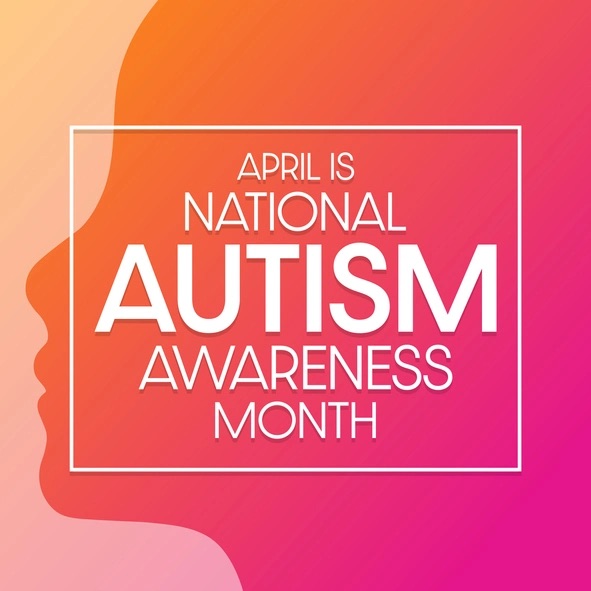By: Menachem Rephun, Creative Spirit Communication Manager

Source: Getty Images
The Current Employment Reality for the Autism Community
Approximately 1% of the global population (over 75,000,000 people) live with autism spectrum disorder (ASD), a broad group of conditions whose symptoms include challenges with social skills and verbal communication, and restrictive and repetitive behaviors. Despite these obstacles, many people with autism have a wide range of skills and talents, including exceptional memories and attention to detail, math, computer, musical, and artistic abilities, visual thinking, learning to read at an early age, and more. Thanks to these unique capabilities, as well as their honesty, diligence, and strong work ethic, many people with autism are well-equipped for full-time employment in computing, engineering, science, mathematics, and many other fields. Unfortunately, the unemployment rate among college-educated adults with autism is a staggering 85%, compared with only 4.5% of the general population. Why is the autism community being left behind and excluded from fair-wage employment? What can we do to help these “discouraged” workers become productive members of the workforce? As an organization dedicated to achieving full inclusion, representation, and equity for the disabilities community, we can’t allow this vital issue to go unaddressed. April’s Autism Awareness Month is an excellent opportunity to explore the issue of autism and employment in-depth, sharing insight from experts and professionals in self-advocacy, business, and education into how we can make a difference.
Identifying the Roadblocks to Employment
We believe that changing the employment status quo for individuals on the spectrum depends on understanding and identifying the root causes behind the unemployment crisis. In an article for The Mighty, writer and autism self-advocate Maxfield Sparrow explains that individuals on the spectrum frequently encounter many of the same roadblocks as other members of the disabilities community, such as a lack of reasonable accommodations and misconceptions from employers. “Workplace understanding and accommodations are a huge reason why Autistic people have such a hard time finding and keeping employment,” Sparrow writes. “Making it past an interview can be an insurmountable hurdle for many of us. While organizations and employer programs are popping up to help Autistic adults find and keep employment, with an estimated 50,000 new Autists entering the workplace every year, the few programs that exist cannot possibly keep up with the demand.” Since the unemployment rate is based on individuals who are actively seeking work, this statistic excludes individuals with autism who may have become “discouraged workers,” who have given up looking for work entirely. “In the United States, the estimated number of discouraged workers in the general population is 451,000,” Sparrow writes. “The CDC has estimated an autism prevalence of 1 in 68. If that proportion also applies to discouraged workers, that would mean 6,632 discouraged Autistic workers.”
Along with problems like limited workplace accommodations, the autism community also faces a more unique disadvantage due to the influence of media, which has shifted the perception of autism in a way that is not only misguided, but detrimental, as it depicts individuals with autism as either brilliant savants who would never have any need for reasonable accommodations, or as individuals who are so severely impaired as to be incapable of performing basic functions in the first place. “Actual Autistic adults seeking employment fall somewhere in-between those two portrayals by an extremely wide margin,” Sparrow explains, “which means there’s no room for us.” In short, more positive representation of individuals with autism and the autism community as a whole is needed to have a positive impact on employment for people on the spectrum.
Growing Signs of Progress and Inclusion
Fortunately, the past several years have seen a notable improvement in inclusion and diversity, as a slew of major companies, including Google, Microsoft, SAP, and many others, have begun to more fully appreciate the potential of employees on the spectrum, and have made concerted efforts to diversify their hiring and onboard members of the autism community. “Employers have increasingly focused on expanding efforts to improve access to employment for job candidates on the autism spectrum to tap their diverse talents,” the U.S. Department of Labor notes. “Many large and small employers have adjusted their recruitment, hiring, and onboarding policies and practices to increase access for this population.” This trend towards inclusion brings with it the need to conceptualize what the ideal “autism-friendly” workplace might look like. Writing for Politico, former California Labor Department director (and father of an adult son with autism) Michael Bernick envisions the ideal autism-friendly workplace as one that “incorporates flexibility and patience, giving the worker time to learn skills and develop any needed workplace behaviors they might lack.”
Full inclusion for employees on the spectrum is not a pipe dream, but a realistic goal that companies can achieve in the here-and-now by acknowledging and eliminating unconscious bias in their hiring and interview processes, and by providing reasonable accommodations for employees on the spectrum. “My general advice in conversation surrounding accommodations is that we love when people request them, but it’s really just a tool,” Joseph Riddle, Executive Director of Neurodiversity in the Workplace, was quoted as saying in an article by Technical.ly.com. “We all give ourselves accommodations every day. Managers should just be looking at what tools they can give their employees, and you don’t need a diagnosis for this to be true.”
Navigating the interview process also presents one of the biggest hurdles for candidates on the spectrum, making accommodations vital in that area as well. Rather than presenting broad, open-ended questions (i.e. “tell me about yourself”), Riddle recommends presenting candidates with a list of topics and questions beforehand. Ultimately, inclusion and accommodation benefits not only employees with autism, but the organization as a whole by creating a more creative and productive workplace. As Technical.ly explains, “the point of adding these practices to your company’s repertoire is to make it a more welcoming and comfortable experience for anyone who might apply. Changing your standard of interviewing, onboarding and management with the intention of including neurodivergent people benefits everyone.”
The Path Forward
In light of all that we’ve covered, the obvious question involves what can actually be done on a pragmatic level to shift the status quo in a more positive direction for the autism community. Our perspective is that, while inclusion and broadening awareness and representation for people with autism are all crucial, more ambitious efforts need to be undertaken at the State level. Diane Malley, director of the Life Course Outcomes’ Transition Pathways initiative at Drexel University, agrees. Speaking to Spectrum.org, Malley recommended that States establish “large collaborative programs involving schools, vocational rehabilitation services, counselors and local businesses.” She also suggests educating business owners on the cost-effectiveness of hiring employees with autism. Creative Spirit is heavily involved on that front through our outreach and one-on-one collaboration with business leaders and hiring managers across the board. Employers, employees, and jobseekers with autism also have a wide range of resources at their disposal, including the Job Accommodation Network (JAN), which offers guidance on workplace support for employees with autism and accommodations for the interview process; the Autism@Work Employer Roundtable, which also provides employer guidance; “Understanding Autism: An Employer’s Guide,” which is a mini-guide developed by the Organization for Autism Research; and many others, all of which can be found here: https://bitly.com/. Our goal is to educate employers about the substantial creativity, skills, talents, and capabilities of employees on the spectrum, and to equip those candidates with the confidence and self-advocacy necessary to succeed. Businesses thrive on innovation. Diverse, unconventional, outside-the-box voices are integral to the success of any company, and people with autism have drive, creativity, passion, and integrity in spades. Autism Awareness Month is about giving them the chance to demonstrate those amazing qualities, and helping business leaders recognize that employees with autism are not stereotypes, but people deserving of the same opportunities and respect as their peers. Creative Spirit stands with the autism community, not only during Autism Awareness Month, but all year round, and we’re using all of our resources to make full employment inclusion a reality.






